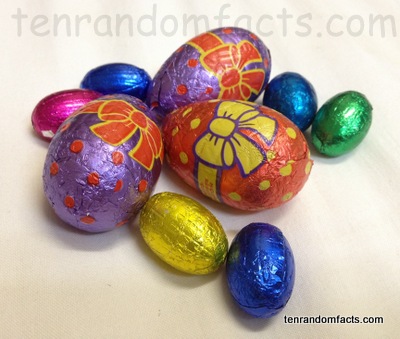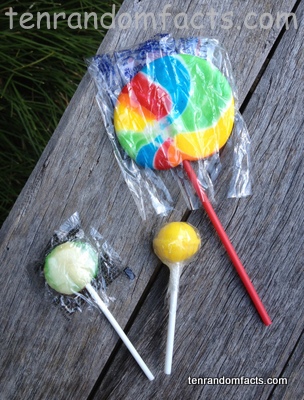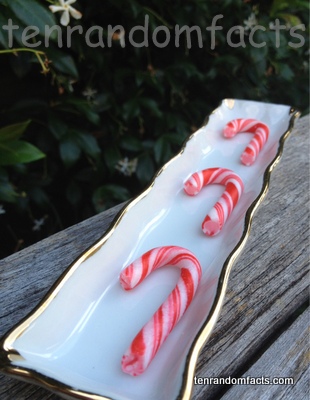
Don’t forget the egg’s meaning!
- Easter eggs are sweets that are eaten at Easter, normally Resurrection Sunday, when Christians celebrate Jesus Christ’s resurrection from the dead.
- Christians believe Easter eggs symbolise the empty tomb of Jesus Christ and new life.
- The first use of Easter eggs were by the early Christians.
- Easter eggs were originally bird eggs, normally chicken eggs, which had been dyed or painted, but chocolate or plastic eggs have become so popular that they are now more commonly seen.
- An early Christian tradition was to dye Easter eggs red, to remind people of Jesus Christ’s blood, which was shed when he died on the cross, and this tradition is still practiced by the Orthodox and Eastern Catholic church.
- Easter eggs are often used in hunts for children, and some parents suggest that the fictional ‘Easter Bunny’ has hidden or left the children Easter eggs.
- The first time the phrase ‘Easter eggs’ was named in a book, was 500 years ago.
- Historically, a surplus of chicken eggs at Easter time would have been common, because eggs were forbidden during Lent, the period leading up to Easter, and this custom is still practiced by some people today.
- Over 90 million Easter eggs are sold every year, just in the United Kingdom.
- Chocolate Easter eggs were first made in the 1800s in Europe.









